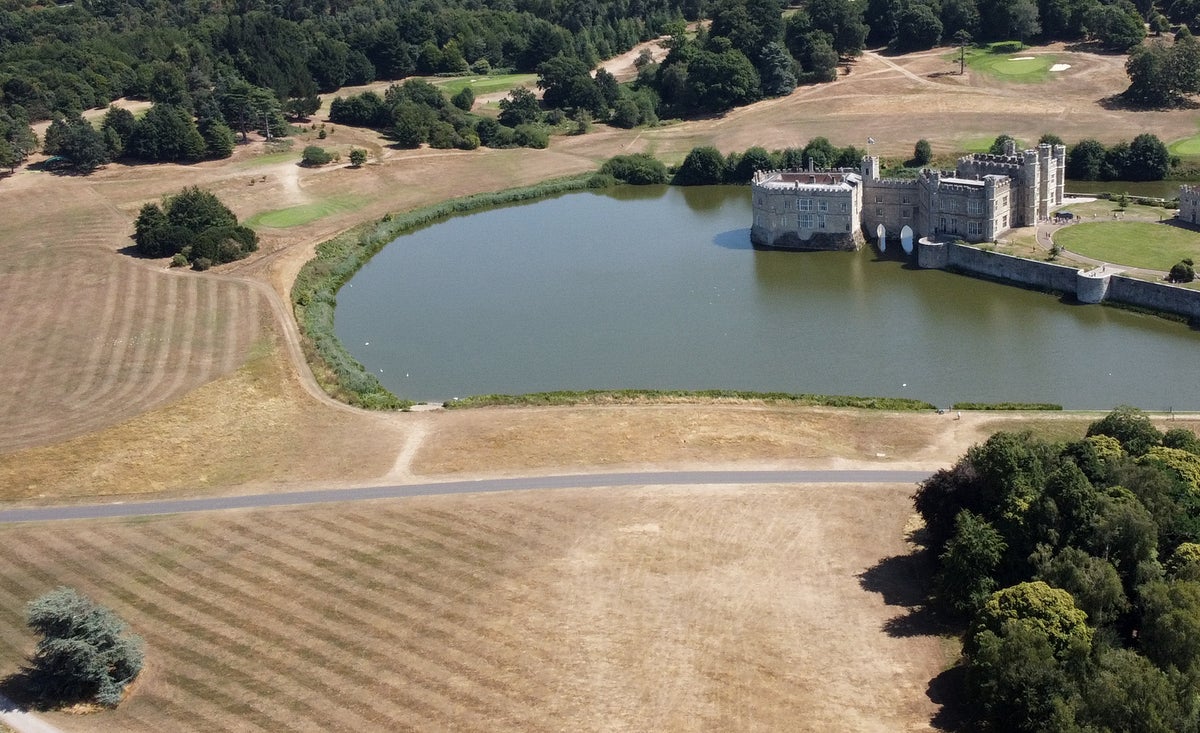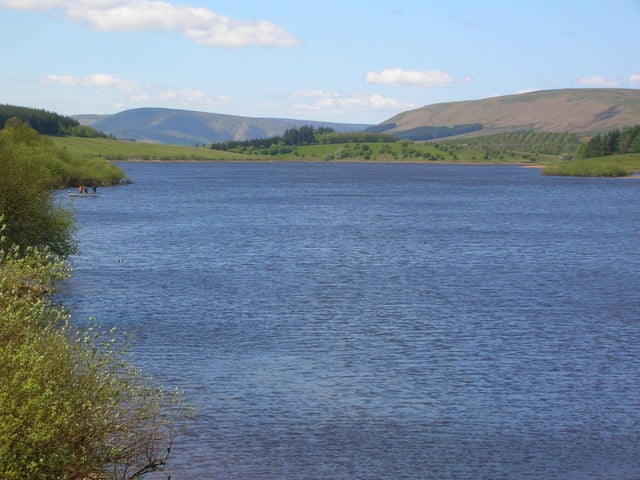
As hose pipe bans come into effect and water companies and the government are accused of failures to prevent water shortages, the drought conditions in the UK are worsening, with many reservoirs at rarely-seen low levels.
Alarming photographs reveal the impact the dry weather has had on bodies of water which help supply water companies.
At Ardingly reservoir near Haywards Heath in West Sussex, photos show significant falls in water levels, with parts of the reservoir almost entirely drained.
At Bewl Water in Kent, which is the largest stretch of water in southwest England, aerial photos show how the water levels have fallen amid the drought.
A spokesperson for Southern Water, which operates Bewl Water, told The Independent: "The main things we’re doing are stepping up leakage activity and asking people to be very mindful of water use."


Just seven per cent of Southern Water’s supplies are fed by reservoirs, with the majority of water coming from groundwater fed by subterranean aquifers.
Similar photos show diminished supplies in Holme Styes reservoir in West Yorkshire, Stocks Reservoir in Lancashire and Dowry Reservoir in Oldham, Greater Manchester.
MPs and campaigners are calling on the government to act on "massive water leakage" by water companies, which are together reportedly losing 2.4bn litres of water every day due to repairs needing to be made.


At the weekend, the environment secretary George Eustice called on water companies to do more to tackle leaks and said more of them should introduce hosepipe bans, with further heatwave conditions forecast across parts of the UK.
The secretary of state’s suggestion comes after the Environment Agency called for massive fines and directors of polluting companies to be jailed after an “appalling” performance by England’s nine water and sewerage companies.
The drought comes after the UK experienced its driest July in England since 1935, and the Met Office has said this week there is "little in the way of rain in the forecast, with only the northwest of the UK likely to see any short-lived showers".

The Met Office’s deputy chief meteorologist Tony Wardle said: “With high pressure dominant this week, the influence of any showers will be contained to the far northwest, and even here will be short-lived in nature.
“Further south, which has seen little rain for some time now, dryness will continue through the week and provide no relief for parched land, especially in the southeast.
“Some change to more unsettled conditions is then signalled but, as is often the case during the summer, details a week or more in advance of showers and rain are highly uncertain.”
The worsening climate crisis has raised the likelihood of heatwaves occurring.
The EU’s Copernicus satellite monitoring programme said on Monday that July 2022 was drier than average for much of Europe, with local low rain records broken in the west and drought in several locations of the southwest and southeast, which they said had "facilitated spread and intensification of wildfires".
Senior scientist for the Copernicus Climate Change Service, Freja Vamborg, said: “We can expect to continue seeing more frequent and longer periods of extremely high temperatures, as global temperatures increase further.
"Heatwaves pose serious risks to human health, and they can increase the intensity and longevity of many other disastrous climate events including wildfires and droughts, affecting both society and natural ecosystems. Additionally, dry conditions from previous months combined with high temperatures and low precipitation rates seen in many areas during July may have adverse effects on agricultural production and other industries such as river transport and energy production.”







